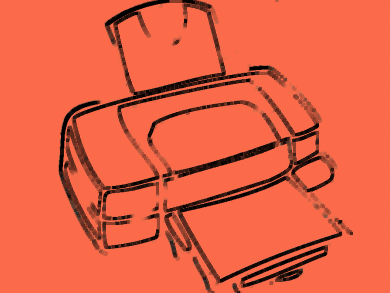Printing electronics is the focus of much research, but forming thin films of organic semiconductor materials often suffers from the self-organizing properties of deposited materials. This means printing the desired structures is often impossible.
Antisolvent crystallization avoids this problem by using fine droplets of antisolvent mixed with the active semiconductor solution. Inkjet printing can then be used to deposit this mixture in a confined area on an amorphous substrate and so
produce uniform single-crystal or polycrystalline thin films that grow at the liquid-air interfaces.
- Inkjet printing of single-crystal films,
Hiromi Minemawari, Toshikazu Yamada, Hiroyuki Matsui, Jun’ya Tsutsumi, Simon Haas, Ryosuke Chiba, Reiji Kumai, Tatsuo Hasegawa,
Nature 2011.
DOI: 10.1038/nature10313




